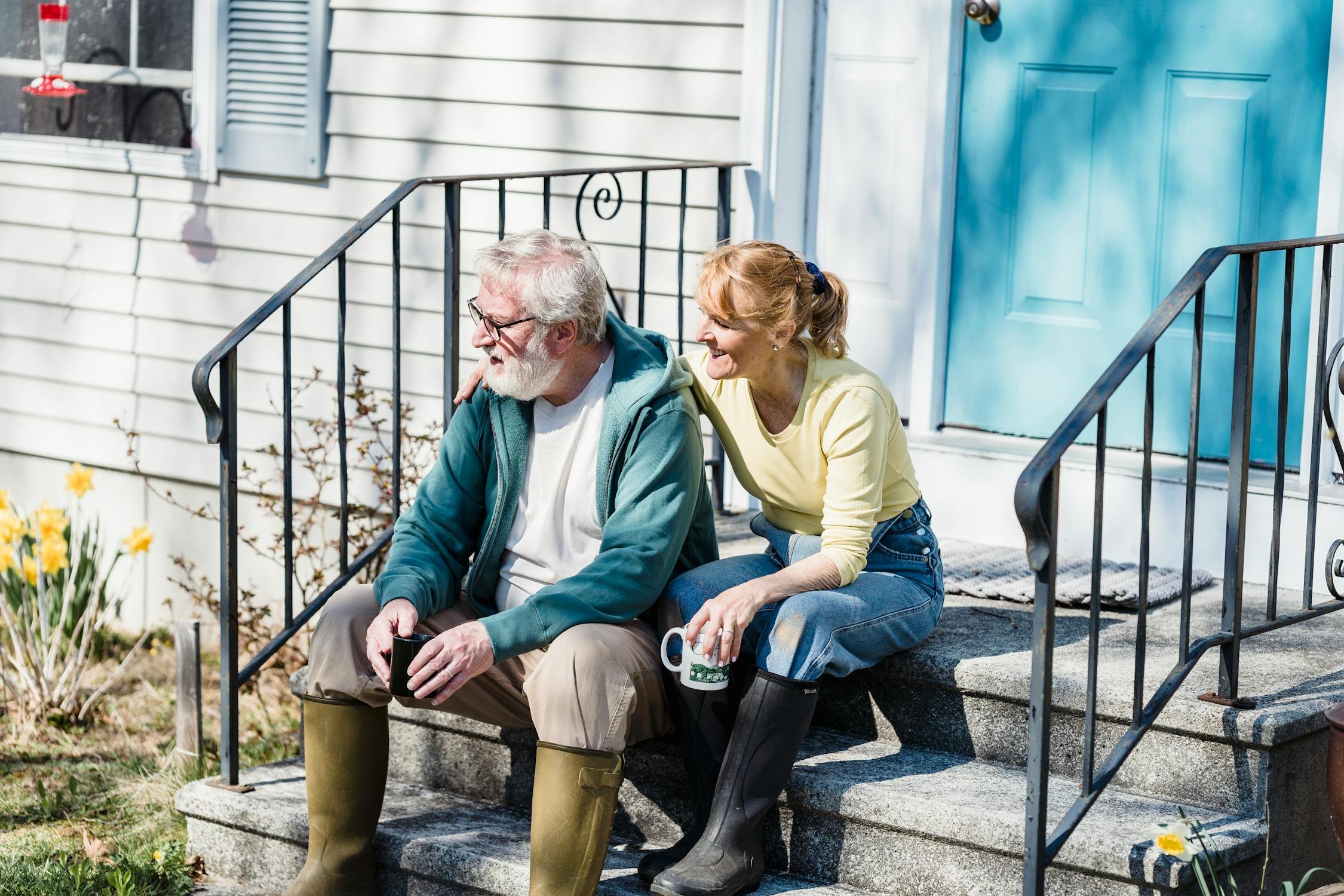How a Reverse Mortgage Can Help You Age in Place — Comfortably
If you’re like most Canadian homeowners over 55, the thought of leaving your home doesn’t sit well.
Maybe it’s the garden you’ve tended for years. The neighbors who check in. Or the comfort of your familiar routine.
The idea of “aging in place” — growing older in your own home, on your terms — is a goal shared by millions. But as retirement evolves and expenses increase, making that dream a reality can feel out of reach.
This is where a reverse mortgage can offer real, practical support.
What Does “Aging in Place” Mean?
Aging in place means staying in the home and community you love, rather than relocating to a smaller home, rental, or long-term care facility. For many, it also means maintaining independence and dignity as they age.
But it doesn’t come without costs: home maintenance, healthcare, mobility upgrades, and inflation can all create financial pressure — even for homeowners who are technically “asset-rich.”
That’s where a reverse mortgage can help bridge the gap.
How a Reverse Mortgage Supports Aging in Place
A reverse mortgage allows you to access up to 55% of your home’s value in tax-free cash — without having to sell, move, or make monthly payments. The loan is repaid only when you sell, move out permanently, or pass away.
Here’s how it helps:
Cover Day-to-Day Living Expenses
Utilities, groceries, medications, and other essentials add up — especially on a fixed pension. A reverse mortgage can ease the financial strain while keeping you in full control of your home.Pay for Home Renovations or Modifications
As we age, our homes may need upgrades: stair lifts, grab bars, wider doorways, walk-in showers, or a main-floor bedroom. These adjustments can help you stay safe and comfortable — but they come with a price tag.
Using reverse mortgage funds to invest in your home’s accessibility allows you to stay longer and more confidently.
Support In-Home Care
Many seniors prefer home-based care over moving to a retirement facility. Whether you need a part-time caregiver, medical equipment, or help with household tasks, a reverse mortgage can provide the funds to support those needs on your terms.Avoid Selling Assets or Downsizing
Selling investments during a market dip, cashing out RRIFs early, or downsizing to a condo can have financial and emotional downsides. A reverse mortgage offers a way to supplement your income without disrupting your lifestyle or retirement strategy.
Real-Life Example
John and Louise, both in their early 70s, had lived in the same Vancouver home for over 40 years. While they had no mortgage, their fixed pensions were being stretched thin by rising costs and unexpected health expenses.
They didn’t want to move — so they used a reverse mortgage to access $250,000 of their home’s equity. With those funds, they:
Installed a stair lift and renovated the bathroom
Hired a part-time caregiver to assist Louise after surgery
Continued to live comfortably without touching their RRSPs
For them, it wasn’t just about money — it was about maintaining their lifestyle, dignity, and independence.
Is a Reverse Mortgage Right for Your Plan?
Aging in place doesn’t mean aging in silence. If you’re looking for ways to:
Stay in your home long-term
Maintain your quality of life
Reduce financial stress
Avoid borrowing from children or selling investments
…then a reverse mortgage could be the missing puzzle piece.
Final Thoughts
Your home is more than just a building — it’s your sanctuary, your story, your safe place. A reverse mortgage gives you the ability to stay where you’re most comfortable, while providing the financial means to do so with confidence.
Want to find out how much equity you could access? Get a free estimate or speak to a Legacy Unlocked advisor today — no pressure, just answers.

